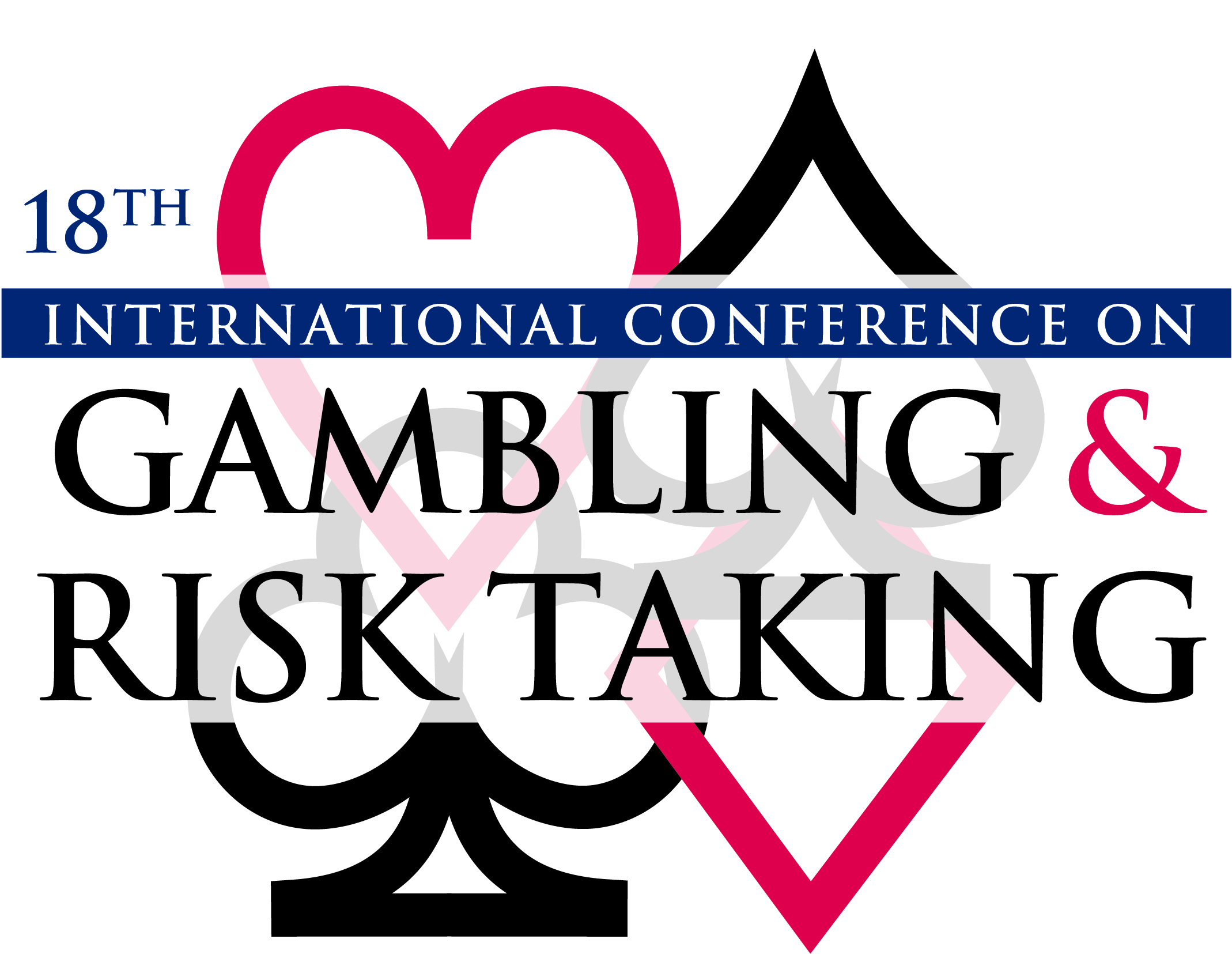The illusion of control drives bet size and reward anticipation in pathological and recreational gamblers
Session Title
Session 3-1-B: Behavioral Analysis
Presentation Type
Paper Presentation
Location
Park MGM, Las Vegas, NV
Start Date
25-5-2023 9:00 AM
End Date
25-5-2023 10:30 AM
Disciplines
Cognition and Perception | Cognitive Neuroscience | Cognitive Science | Computational Neuroscience
Abstract
Disordered gambling is the first-ever disorder classified as a behavioural addiction, offering a unique model to study addiction mechanisms in the absence of neurotoxic effects from substances. Previous research suggests that maladaptive reward processing and altered perceptions of control may be key drivers in the development and persistence of gambling behaviour. However, the mechanisms that underlie this association of reward processing and perception of control with gambling are not well understood. In this study, we tested 45 pathological and 45 recreational gamblers using a naturalistic slot machine task, which manipulated reward magnitude and illusion of control in a 2x2 factorial design. We also used a computational reinforcement learning model to examine differences in reward and control processing between addicted and recreational gamblers. Our findings suggest that reward and control have distinct effects on gambling behaviour, with reward magnitude primarily influencing bet behaviour, while illusions of control additionally influence the anticipation of winning. This distortion of expected odds due to an illusion of control may drive continued gambling despite unfavourable outcomes and enhanced risk-taking. Moreover, the illusion of control differentially affected pathological and recreational gamblers and may thus provide a window into the nature of risk-taking across gamblers.
Keywords
Pathological gambling, recreational gambling, illusion of control, reinforcement learning, reward anticipation
Funding Sources
This work was supported by the René and Susanne Braginsky Foundation, the University of Zurich (KES) and the Brainstorm Program at the Robert J. & Nancy D. Carney Institute for Brain Science (FHP).
Competing Interests
The authors report no financial interests or potential conflicts of interest.
The illusion of control drives bet size and reward anticipation in pathological and recreational gamblers
Park MGM, Las Vegas, NV
Disordered gambling is the first-ever disorder classified as a behavioural addiction, offering a unique model to study addiction mechanisms in the absence of neurotoxic effects from substances. Previous research suggests that maladaptive reward processing and altered perceptions of control may be key drivers in the development and persistence of gambling behaviour. However, the mechanisms that underlie this association of reward processing and perception of control with gambling are not well understood. In this study, we tested 45 pathological and 45 recreational gamblers using a naturalistic slot machine task, which manipulated reward magnitude and illusion of control in a 2x2 factorial design. We also used a computational reinforcement learning model to examine differences in reward and control processing between addicted and recreational gamblers. Our findings suggest that reward and control have distinct effects on gambling behaviour, with reward magnitude primarily influencing bet behaviour, while illusions of control additionally influence the anticipation of winning. This distortion of expected odds due to an illusion of control may drive continued gambling despite unfavourable outcomes and enhanced risk-taking. Moreover, the illusion of control differentially affected pathological and recreational gamblers and may thus provide a window into the nature of risk-taking across gamblers.

